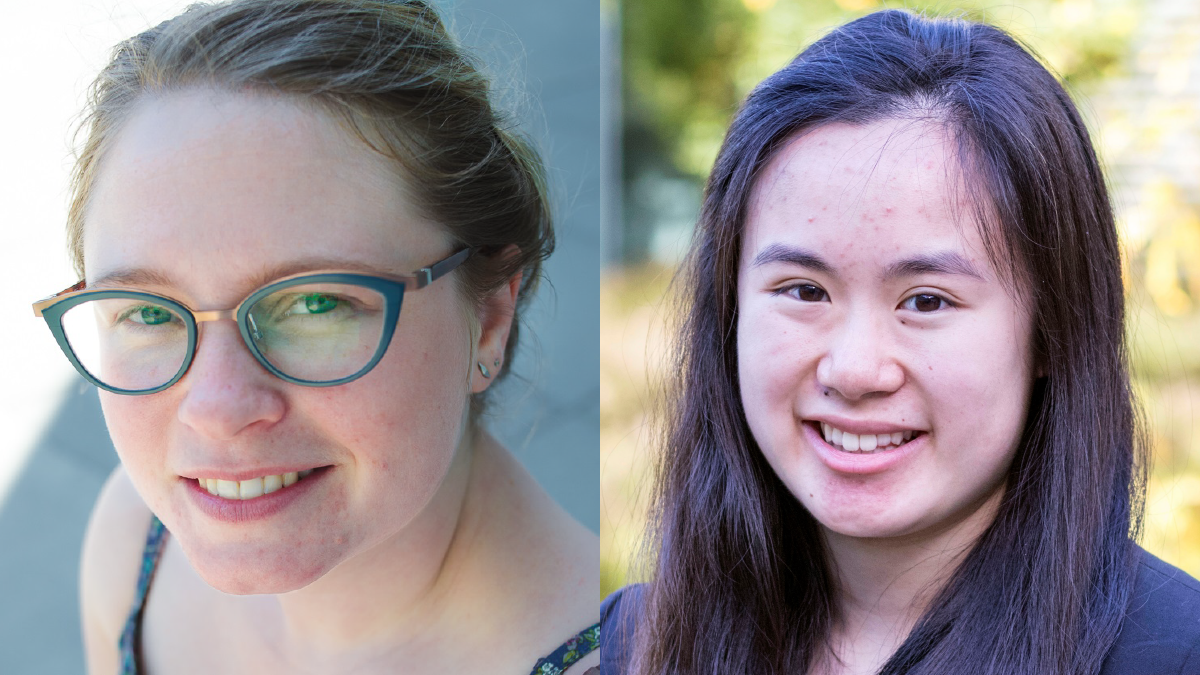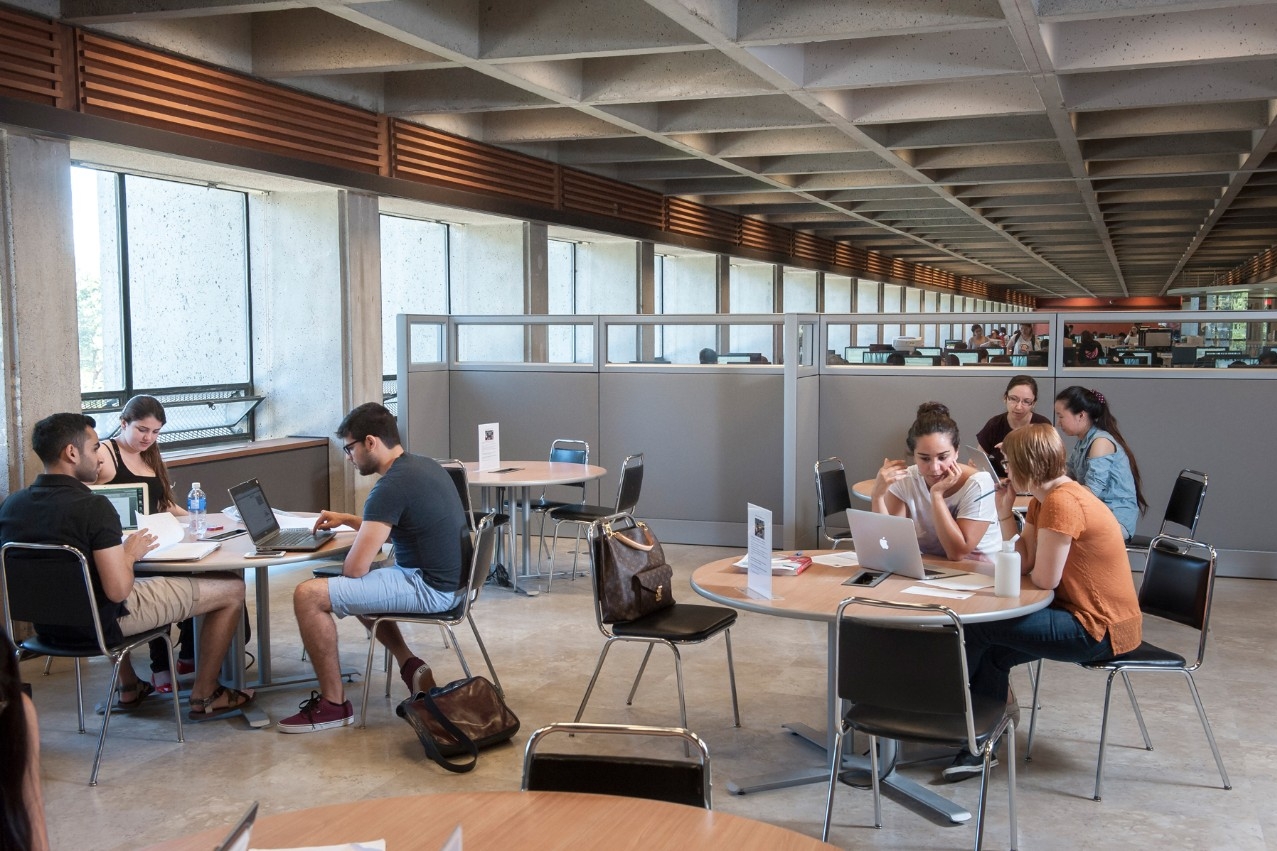EDI
This new SFU writing guide champions inclusivity

When Julia Lane set out to develop an inclusive and antiracist writing guide to support peer educators working in SFU’s Student Learning Commons (SLC), she had no idea how large the project would become.
Why an inclusive and antiracist writing guide?
As a writing services coordinator for the SLC, Lane coordinates writing services and workshops for undergraduate students. She also develops one-to-two-page writing guides that anyone can use. The SLC’s writing and learning peer educators (peers)—SFU student volunteers who support fellow students on a wide-range of writing and learning topics—often use these guides during their consultations with student writers.
Lane broached her idea for the writing guides during a peer meeting where they worked through some inclusive, antiracist writing exercises. She quickly discovered the peers had a real appetite for learning more about how to write without using words and phrases that exclude people or groups or unintentionally cause harm.
“The peer educators often felt they were in challenging conversations with students when ideas, words, or phrases came up in their writing that were exclusionary, harmful, and/or racist, and that the student writers didn’t recognize,” says Lane. “While the harm was often unintentional, the peers felt they could use additional support when it came to addressing these issues in the students’ writing.”
An example, she says, is using an adjective to describe an entire group of people—for example, “the homeless”.
“This is a common turn of phrase, but it is often used inaccurately to describe both people and circumstances in ways that can create harm. Many people who could be described using that adjective are actually housed but may have precarious housing or may be street-involved in other ways.
“One of the most important principles of inclusive and antiracist writing is specificity—to be clear and specific about what we are actually discussing. Using a blanket adjective to refer to a group of people can’t ever accomplish that. Plus, in general, people don’t appreciate being described by a single aspect of their identity or experience.”

Emily Lam, a health sciences major and SLC peer since spring 2019, says, “I thought the guide was a really important thing to do. If you don’t know how to write in a way that includes certain populations, and if there’s nowhere to look it up, it can be overwhelming for students—even if they have good intentions to write inclusively.”
Lam says the issue comes up frequently during SLC consultations, although more in certain disciplines than in others. For instance, in health sciences, many research papers and essays feature sensitive topics such as gender inclusivity and healthcare, or Indigenous populations and healthcare.
“A lot of the time it’s just small things, like when should you capitalize First Nations words?”
From five pages to a year-long project
Initially, Lane produced a five-page inclusive writing guide. But the peers recommended further additions.
“The peers are a much more diverse group than our full-time writing centre staff,” says Lane. “Many of them notice things based on their own experiences and also from content they are learning through their studies, so questions about how to write more inclusively and in antiracist ways are on their minds when they come to work at the SLC.”
Lane then sent the guide to other SFU groups, such as Out on Campus, SFU Autistics United, and the Centre for Accessible Learning, for further consultation.
“A major surprise was just how much there is to an inclusive writing guide,” she says. “Given the subject matter and the kind of learning folks need to do in this area, I realized we needed something longer to give people context and, in some cases, historical background to better understand how words and phrases can be exclusionary and create harm.”
Her five-page guide morphed into a year-long project and ultimately a 50-page suite of connected writing guides, including resources and exercises.
The downloadable PDF, available from the library, includes a glossary of inclusive and antiracist writing terms and guides focused on writing related to gender identity and sexual orientation; Black peoples, Indigenous peoples, and peoples of colour; as well as ableism, disability, mental health and neurodiversity.
Although the guide was originally developed to support SLC peers like Lam in their work, it can be a useful resource for all members of the SFU community. Based on a suggestion from Lam, the library recently ran a series of Instagram posts to promote the guide—posts that received significant traffic and views, indicating community interest.
Lane is gratified at the response to the guide and says, “A few people have reached out to say that they will use the guide for their own writing and/or recommend it to students. I hope the guide will get put to broad use and I am excited for us to develop it as a community as we continue to learn and grow in inclusive and antiracist ways.”
Lane welcomes feedback on the guide. You can reach her at jhlane@sfu.ca and learn more about the guide on the SLC website.

